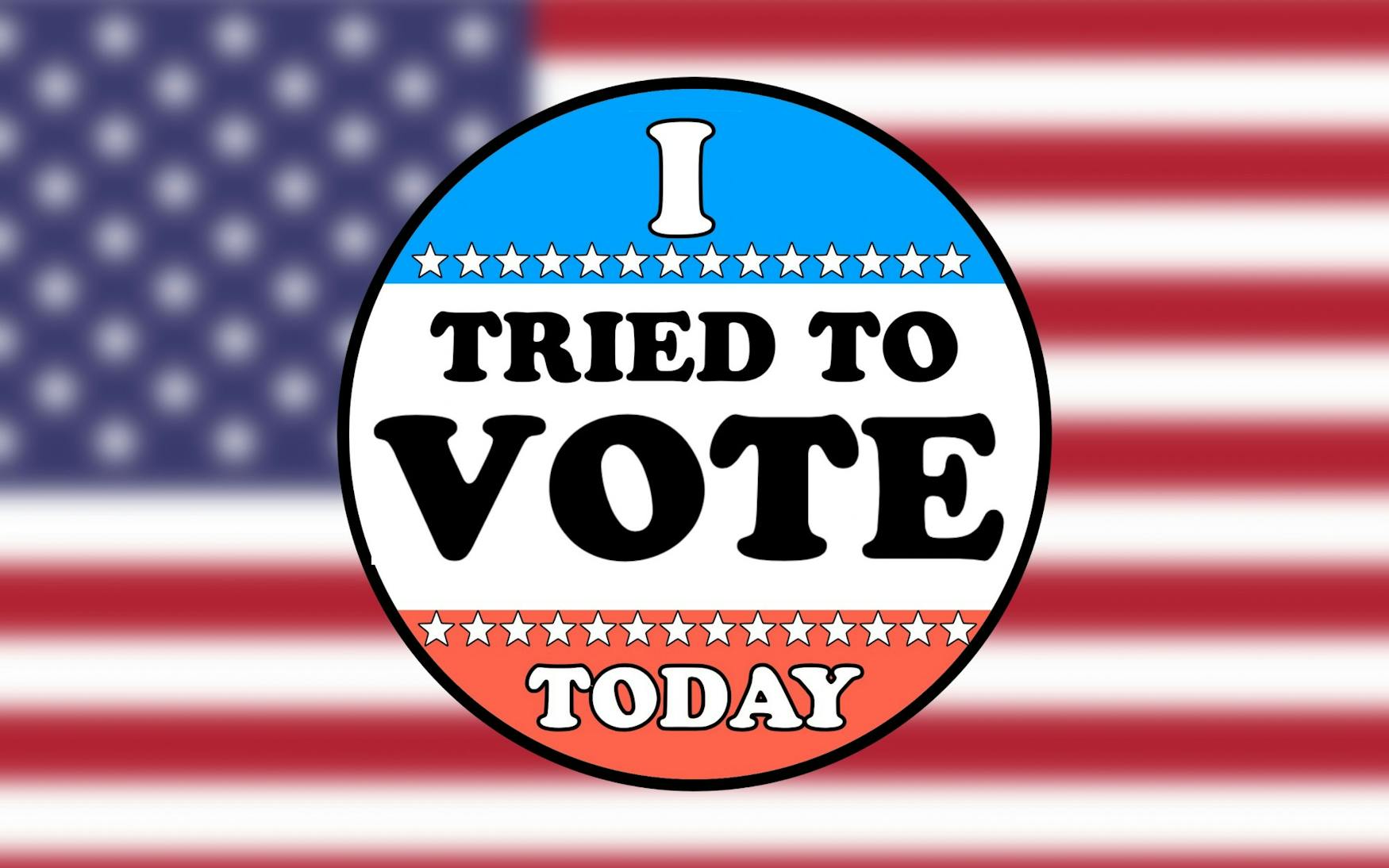The inaccessibility of the ballot box for people of color
During the 2020 primary elections, my eyes were fixated on whatever electronic device was in front of me. I anxiously watched as news anchors mulled over the predictions while the nation’s map was checkered with an array of blue and red. When the time came, my parents headed to the polls to cast their votes. They made participating in this democratic process look easy, accessible and clean-cut. However, over the past few years as more and more voter suppression laws target vulnerable communities, it has become evident that our current voting system does not equally represent America’s population. What systematic practices encourage this discrimation and what can be done to stop it?
A key component of voting in the United States is the Electoral College. The Electoral College was established to ensure that there is a fair amount of representation for all states. However, the Electoral College intentionally allows smaller states to be over-represented while more densely populous states are under-represented. If we were to correct the disparity between California and Wyoming to ensure that they were represented equally, for instance, California would be entitled to 222 electoral votes — a 167 vote increase. California has one of the largest percentages of the United States’ ethnic groups, while Wyoming's diversity is quite small. The Electoral College underwent several revisions and debates on how to implement its system while still reflecting the will of the people; it has fallen short time and time again, as a lack of representation for minority groups remains a constant struggle.
Voter suppression is not a new political tactic, but rather an age-old tale of discriminatory practices targeted at those whose voices matter the most. Throughout our history, minorities’ rights have been consistently denied, as seen with the Jim Crow laws that made it incredibly difficult for Black voters to cast their votes. As we move further into modern times, methods for voter suppression have become more discreet.
Recently, Georgia implemented a new law which makes it illegal for poll workers to give food or water to people waiting in line to vote. Due to the disproportionately long lines in Black and Brown communities, voters of color with health issues or disabilities now have to choose whether to vote and risk falling ill, or stay home from the polls. This is one of many instances of voter suppression within the country.
For the past decade, state legislatures have implemented strict voter ID laws stating that one must provide specific forms of government-issued identification. This option is not always available to those within low-income communities, as obtaining these specific IDs can be costly.
In addition, in many states, people convicted of a felony cannot vote. The Black American incarceration rate is five times more than that of white Americans, and Latinx people are 1.3 times more likely to be incarcerated than white Americans. People of color are targeted by the criminal justice system, and by removing their voices in presidential and state elections, we lose out on different perspectives about how our laws impact a significant portion of American communities.
Tackling voter suppression means urging better systems to be implemented in order to mitigate the assault on vulnerable voters. We need to fight for same-day and automatic voter registration to help voting become more efficient and less complicated for those interacting with the process for the first time. The Voting Rights Act must be fully respected within each state, especially section 5, which requires states with past discriminatory practices to obtain federal approval before making voting law changes. Under this practice, laws such as Georgia’s would be prevented. Uplifting these rights and protections would help the urgent fight for equality and equity in voting.



Please note All comments are eligible for publication in The Justice.